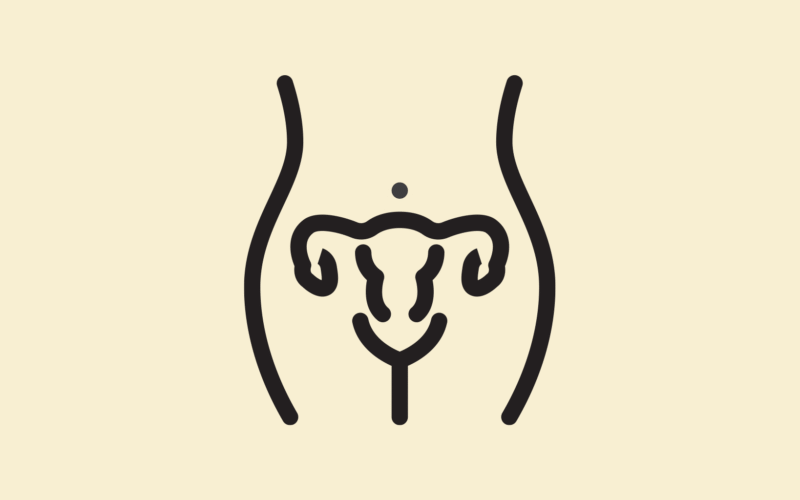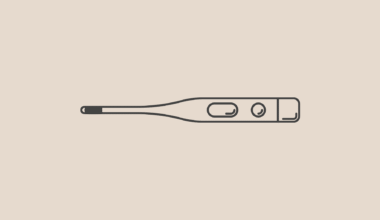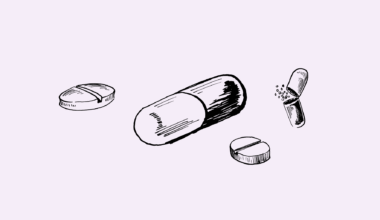Meet your fertility’s VIP section – the parts with all-access passes to the conception concert! These aren’t just random organs taking up space; they’re the specialized squad running the reproductive show. From egg storage specialists to the ultimate baby apartment, these biological marvels deserve proper introductions. Let’s demystify your internal fertility landscape with a touch of humor (because yes, reproductive anatomy can actually be fun to learn about)!
Fallopian Tubes: The pathways that eggs travel through from the ovaries to the uterus, and where fertilization typically occurs. Think of these as nature’s water slides for eggs—the fun transportation system with a very important destination!
Endometrium: The lining of your uterus that thickens monthly in preparation for potential pregnancy and sheds during menstruation if pregnancy doesn’t occur. Your body’s way of constantly redecorating, just in case.
Ovaries: The female reproductive organs that store eggs and produce key hormones like estrogen and progesterone. Your body’s treasure chests where all your precious eggs are stored.
Uterus: The strong, muscular home where a baby can grow during pregnancy. It’s flexible, powerful, and kind of like the ultimate Airbnb—ready to host, fully furnished by the endometrium, and totally self-cleaning.
Cervix: The gateway between the uterus and vagina. Small but mighty, it opens just a little for periods and a lot during childbirth. Think of it as the VIP entrance to the uterus—exclusive and very well-regulated.
Vagina: The muscular canal that connects the cervix to the outside world. It’s the passageway for menstrual flow, sex, and childbirth. It’s incredibly adaptable, self-cleaning, and strong enough to do all the things—basically the MVP.
REAL TALK:
"When I first started TTC, I felt like I needed a medical dictionary just to understand the basics! LH surge, FSH, BBT, luteal phase - it was like learning a whole new language. My doctor would talk about follicular phases and endometrial lining, and I'd just smile and nod while secretly planning to Google everything later. But once I got past the fancy terms, it all clicked. Breaking down these scientific terms into everyday language made me feel so much more in control.” - Eve
Found this anatomy rundown helpful? We’ve only scratched the surface of the fertility universe! Our complete TTC but make it CHILL guide dives deeper into how these body parts actually function together in the baby-making symphony. Plus, learn which common anatomy myths need debunking (no, your uterus isn’t actually shaped like a textbook diagram). Whether you’re at the curious browsing stage or deep in the fertility trenches, our full ebook delivers straight talk without the medical jargon overload. Grab your copy here—think of it as the user manual your reproductive system forgot to include!






